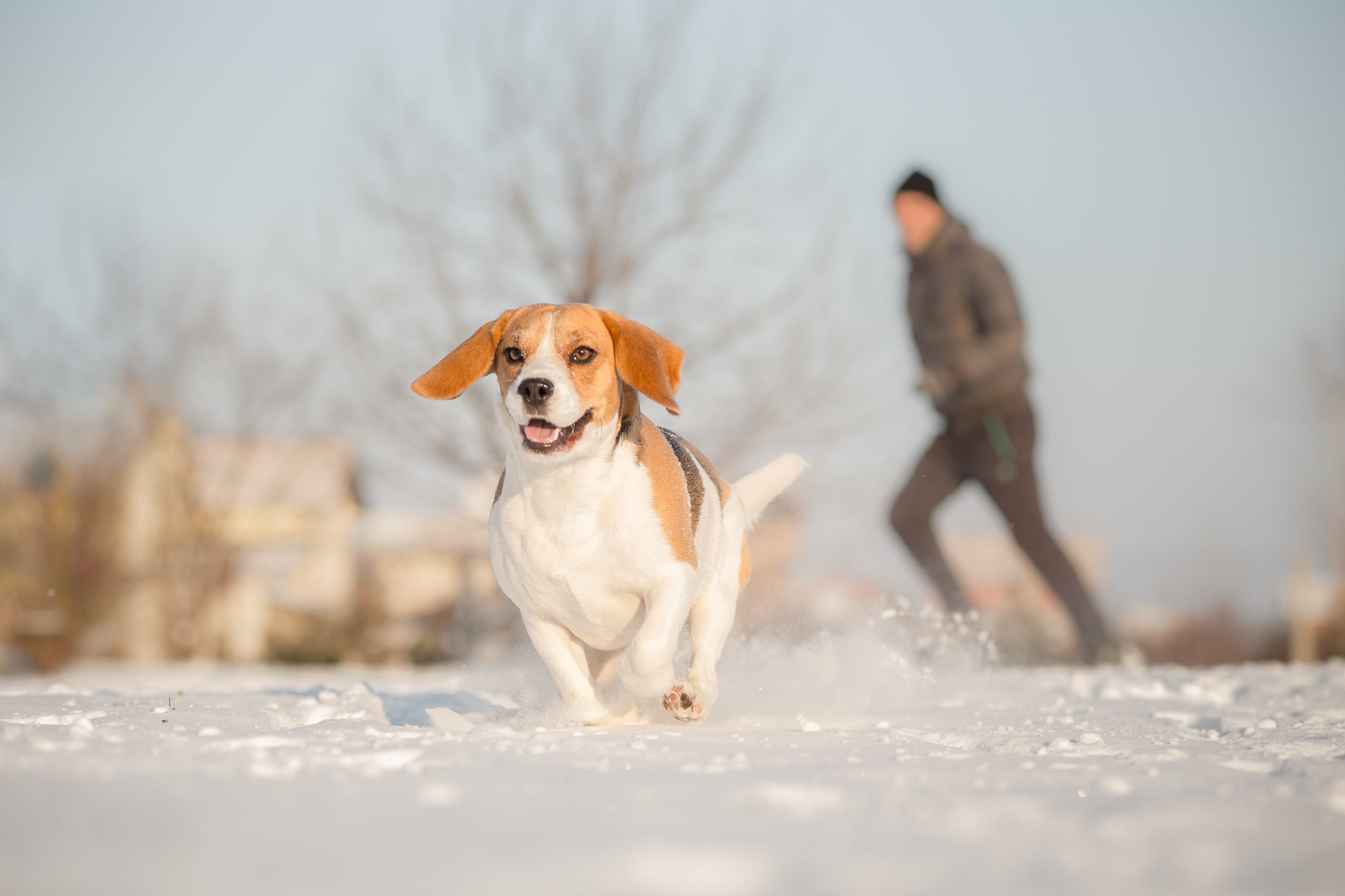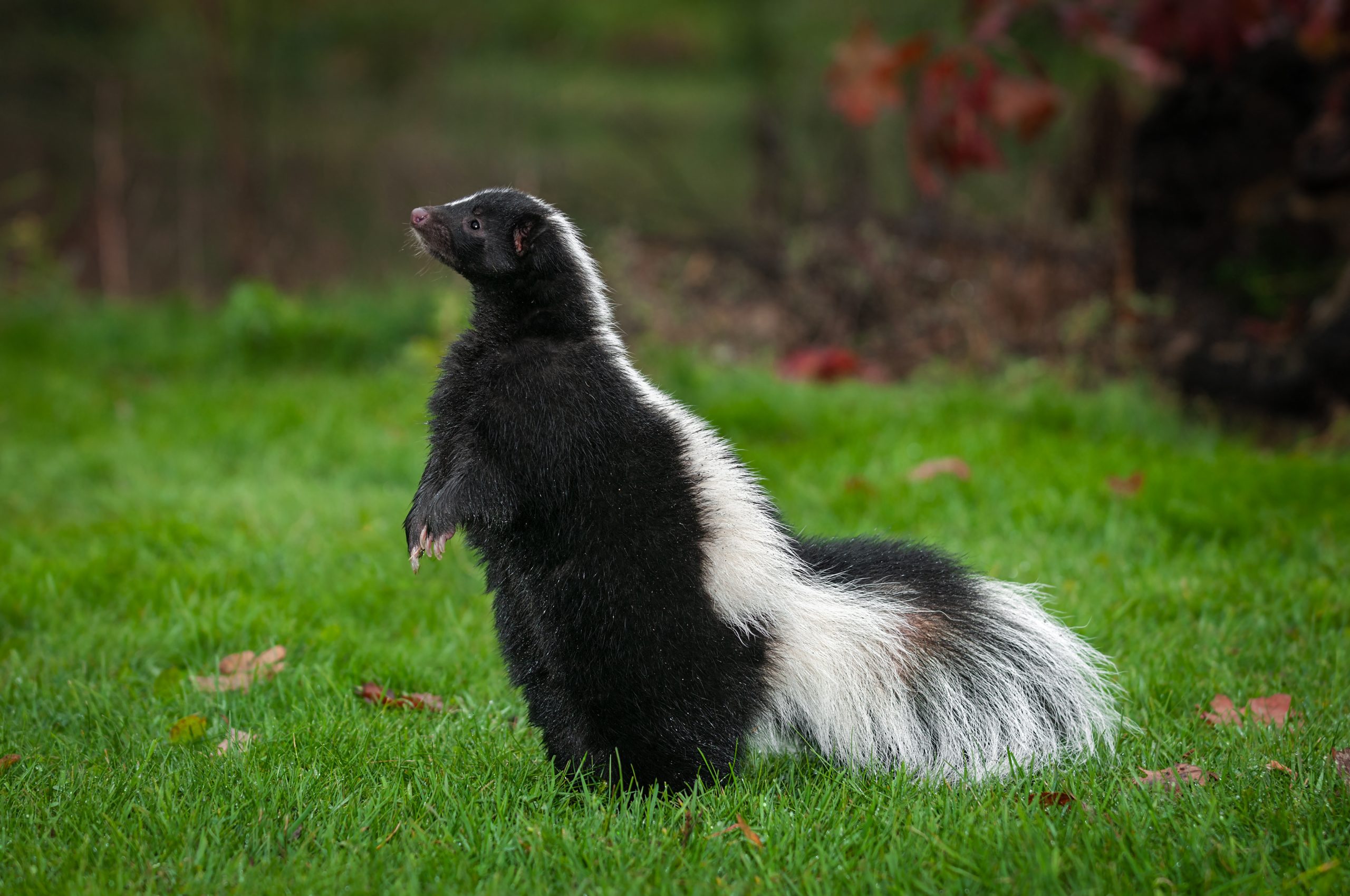
Winter Wellness for Dogs: The Right Foods for the Season
16 December 2025 +Winter has arrived, and while we’re cozy under blankets and sipping warm drinks, our dogs feel the chill too. Winter isn’t just about keeping them ...

It’s a scenario no pet owner wants to face: your dog comes bounding back from the yard, tail wagging… and smelling absolutely awful. Yep, they’ve been skunked.
Skunks are usually peaceful creatures, but when they feel threatened, they don’t hesitate to unleash their powerful defense mechanism — a foul-smelling spray that can linger for days. If your dog has had a run-in with one, here’s what you need to know to handle the situation calmly and effectively.
Ensure Your Dog is Okay
Skunk spray isn’t just smelly — it can cause physical discomfort and, in rare cases, health issues. Here are a few things to check right away:
Keep the Stink Outside
As tempting as it is to rush your dog indoors, resist the urge. Skunk odor can quickly spread through your home and cling to furniture, carpets, and clothing. Keep your dog outside while you assess the situation and prepare to clean them up.
How to Remove Skunk Smell from Your Dog
Feeds’n Needs carries products to help remove skunk smell, but you can also whip up a DIY solution that’s surprisingly effective. Here’s a tried-and-true homemade remedy:
Ingredients:
Instructions:
Note: This mixture may lighten dark fur temporarily and can damage fabrics, so use with care.
Alternative Option: Vinegar Rinse
If you don’t have hydrogen peroxide on hand, mix equal parts white vinegar and water. Apply and rinse as above.
If DIY isn’t your thing, Feeds’n Needs carries a range of skunk odor removal products, including:
Availability may vary by location, so check with your local store.
Special Care for the Face
When treating your dog’s face, be extra cautious. Avoid getting any cleaning solution near their eyes, ears, or nose. Use a damp cloth to gently wipe the affected areas, and rinse with water if needed. If irritation persists, contact your vet.
Prevention Tips: Keep Skunks Away
The best way to deal with skunk spray? Avoid it altogether. Here are some tips to make your yard less inviting to skunks:
Conclusion
Getting skunked is never fun — for you or your dog. But with a little patience, the right cleaning method, and a watchful eye for any health concerns, your pup will be back to their usual self in no time. And next time they go sniffing around the yard, hopefully they’ll think twice before getting too close to a skunk.